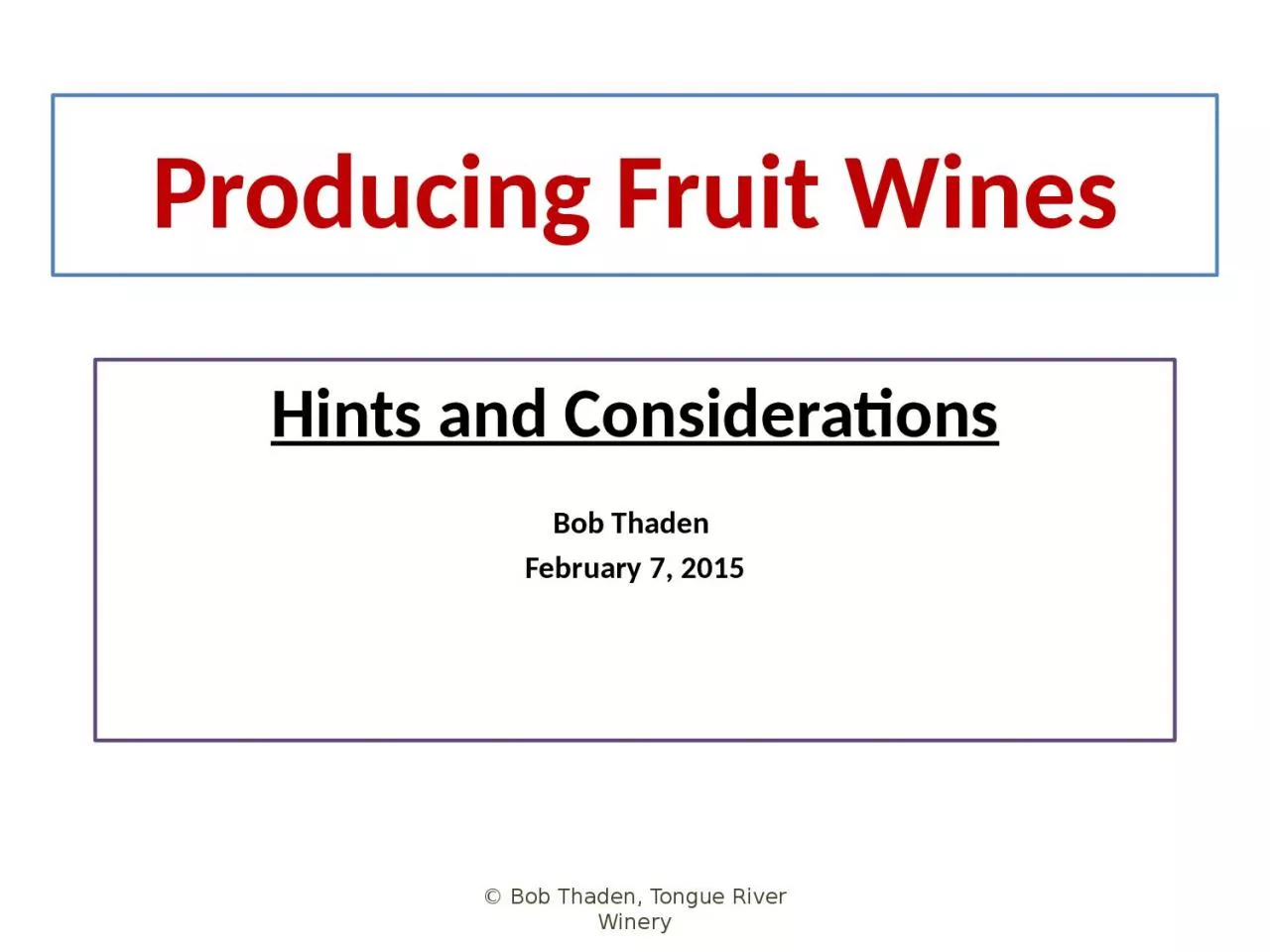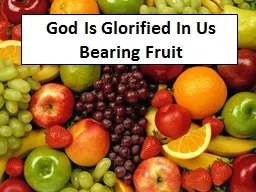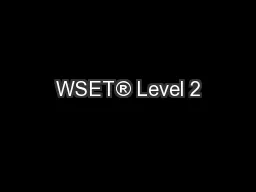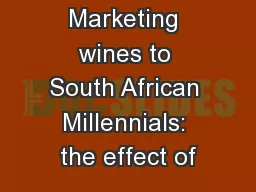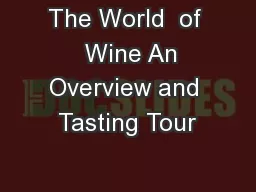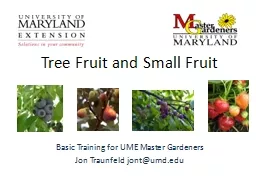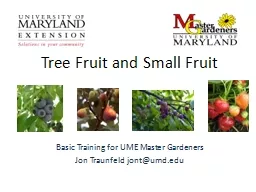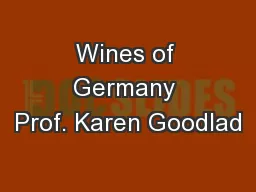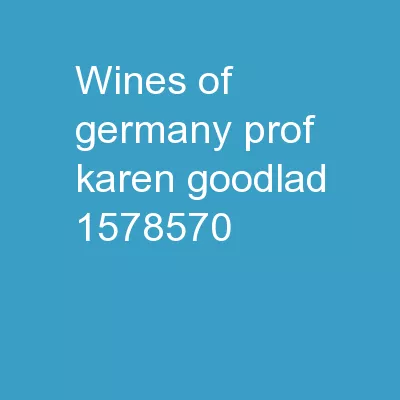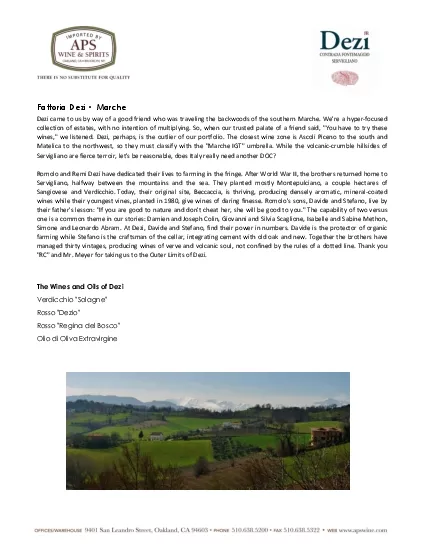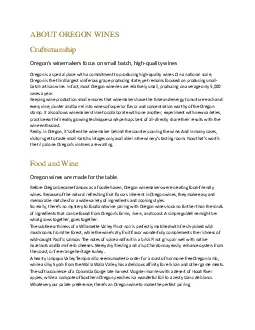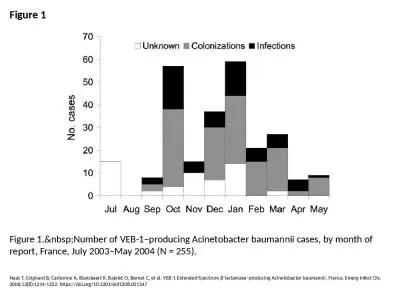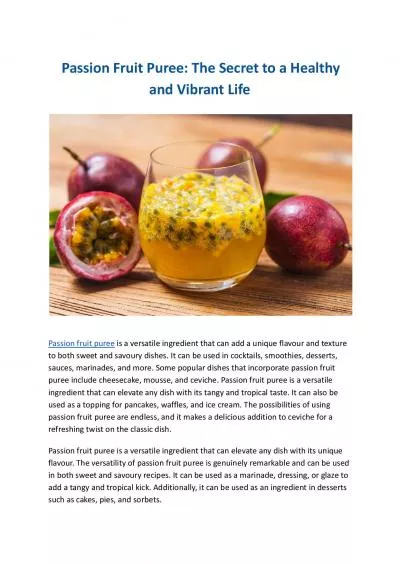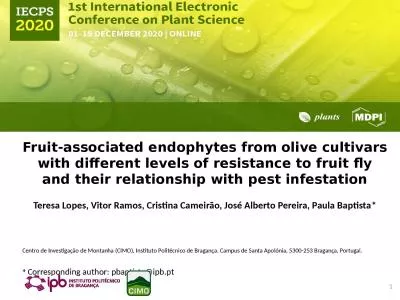PPT-Producing Fruit Wines
Author : vizettan | Published Date : 2020-09-22
Bob Thaden February 7 2015 Bob Thaden Tongue River Winery Who says fruit wine isnt real wine c Bob Thaden Tongue River Winery Fruit Winemaking Basics Making any
Presentation Embed Code
Download Presentation
Download Presentation The PPT/PDF document "Producing Fruit Wines" is the property of its rightful owner. Permission is granted to download and print the materials on this website for personal, non-commercial use only, and to display it on your personal computer provided you do not modify the materials and that you retain all copyright notices contained in the materials. By downloading content from our website, you accept the terms of this agreement.
Producing Fruit Wines: Transcript
Download Rules Of Document
"Producing Fruit Wines"The content belongs to its owner. You may download and print it for personal use, without modification, and keep all copyright notices. By downloading, you agree to these terms.
Related Documents

